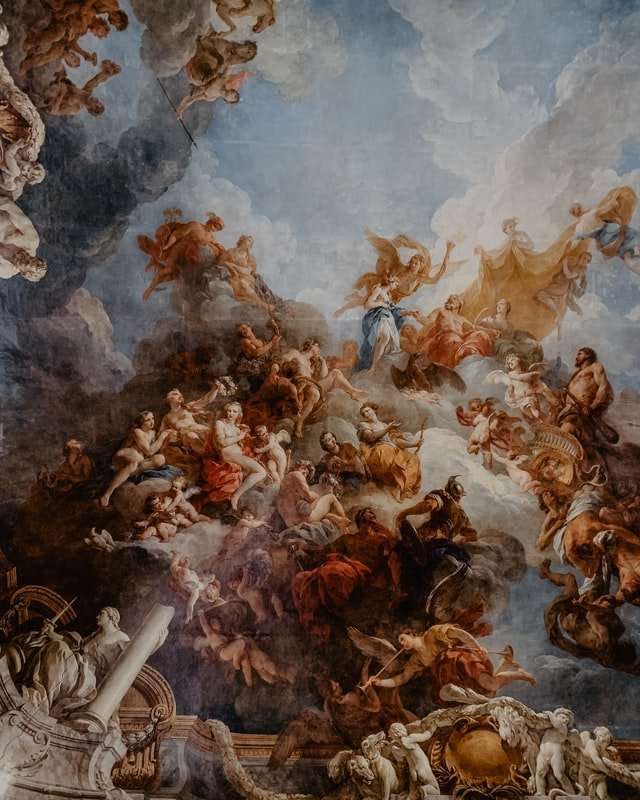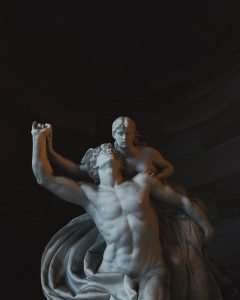With the release of ERC-721, the new non-fungible token (NFT) standard, the art and collectibles industry is poised to experience a major shift in how it approaches digital collectible ownership. The NFT ecosystem will allow for the creation of unique digital collectibles that are provably scarce, verifiably authentic and owned by individuals rather than centralized organizations.
Traction in the Crypto Marketplace
With millions of dollars invested into blockchain-based assets, including over $270 million in 2017 and more than $800 million in 2018 to date, we are witnessing the formation of a market and a community around this new asset class. Decentralized applications (dApps) have been built on top of existing blockchain networks like Ethereum and NEO to connect buyers with sellers.
The ERC-721 token standard was designed explicitly for these types of dApps to help facilitate peer-to-peer transactions. Gaming is expected to be one of the most popular use cases for NFTs, but as adoption grows beyond gaming, there are many other ways that this technology can be used.
In particular, there is an explosion of interest from the art world where artists can directly sell digital works or original tokens directly to consumers. Artists can also
What is a nft?
Non-fungible tokens (NFTs) are a relatively new asset class, and with the release of the ERC-721 protocol, it has become much easier to create and transfer these tokens. Some projects have taken NFTs a step further and created unique, one-of-a-kind tokens which represent digital artworks or even physical assets. These NFTs can be traded on secondary markets. They have value in their uniqueness.
Various projects have created this non-fungible art and collectibles (NFC) ecosystem. Here are some of the major players:
Artbit: https://artbit.io/
Artsy: https://www.artsy.net/
Collectibles: https://www.collectibles.com/
COVESTING: https://covesting.io/en/
CryptoKitties: https://www.cryptokitties.co…
Decentraland: https://decentraland.org/
What is a non-fungible token? Non-fungible tokens, or NFTs for short, are a type of crypto token that serve as the basis for unique digital assets. They are not divisible like Bitcoin; they are each one of a kind. This means that they can be used to certify ownership of unique digital property such as collectibles and art.
Non-fungible tokens got their start in the video game industry where they were used to represent digital items and make them tradeable on the open market. Today, NFTs are coming into their own in the art and collectibles market as well.
Fungible and non-fungible tokens have become increasingly popular in the domain of art and collectibles. Because of the growing demand for non-fungible assets, the NFT Market has been born.
What are NFTs?
NFTs are different from ERC20 tokens because they are not fungible. This means there is a difference between owning one digital asset versus another. Typical NFTs include artwork, collectibles, and crypto currency.
XNF Tokens can be used to calculate a new owner’s share of ownership if an artwork or other unique item is being co-owned by multiple parties. It also allows artists to distribute control over their work in a decentralized fashion.
What is a NFT? Non-fungible token (NFT) is a term in the crypto community that means tokens with unique properties.
NFTs are usually tied to an underlying asset, like land deeds and fine art. The purpose of NFTs is to provide blockchain-based verifiable proof and transfer of ownership.
NFTs can be used as collectibles, like CryptoKitties or CryptoPunks, or to represent physical assets such as gold and diamonds. The art market may be the first industry to be disrupted by blockchain technology.
Older collectible markets like baseball cards have been online for years but have failed to gain widespread adoption from buyers and sellers. Blockchain technology brings trust and transparency to transactions and makes the market easier for both buyers and sellers.
NFT stands for “Non Fungible Token”. We think the term is a misnomer, but it’s what everyone is using. It’s a token that represents an individual asset, like a painting or a collectible action figure.
The first use in the NFT space was Cryptokitties. They created a game where you collected and bred kittens, each of which had unique DNA. The game proved that NFTs were fun and could be used to represent interesting digital assets.
The next step was ERC721, which defined the standards for creating and managing NFTs on Ethereum.
Think of ERC-721 as the standard for Crypto Collectibles. One of the benefits of this standard is that it allows each Crypto Collectible to have its own unique attributes (known as metadata). For example, your Crypto Kitty may have special markings or a rare eye color or even a name that is different from other Crypto Kitties.
Fungible means that each token is the same as any other of the same type. For instance, one kilo of gold is like any other kilo of gold, one Bitcoin is like any other Bitcoin, and so on.
Tangible refers to physical objects such as art pieces or precious metals.
Non-fungible tokens (NFTs) are digital assets that can be programmed to behave in a certain way. They can represent almost anything you want them to; a share in a company, a limited edition collectible, or even a digital version of an original artwork that can be traded forever without losing its value.
The most popular NFTs are ERC-721 tokens on the Ethereum network (as opposed to ERC-20 tokens which are fungible). Ethereum was chosen because it’s the most secure and stable blockchain out there (for now) but you don’t have to worry about that for this article. All you need to know is that NFTs can represent almost anything you want them to.


